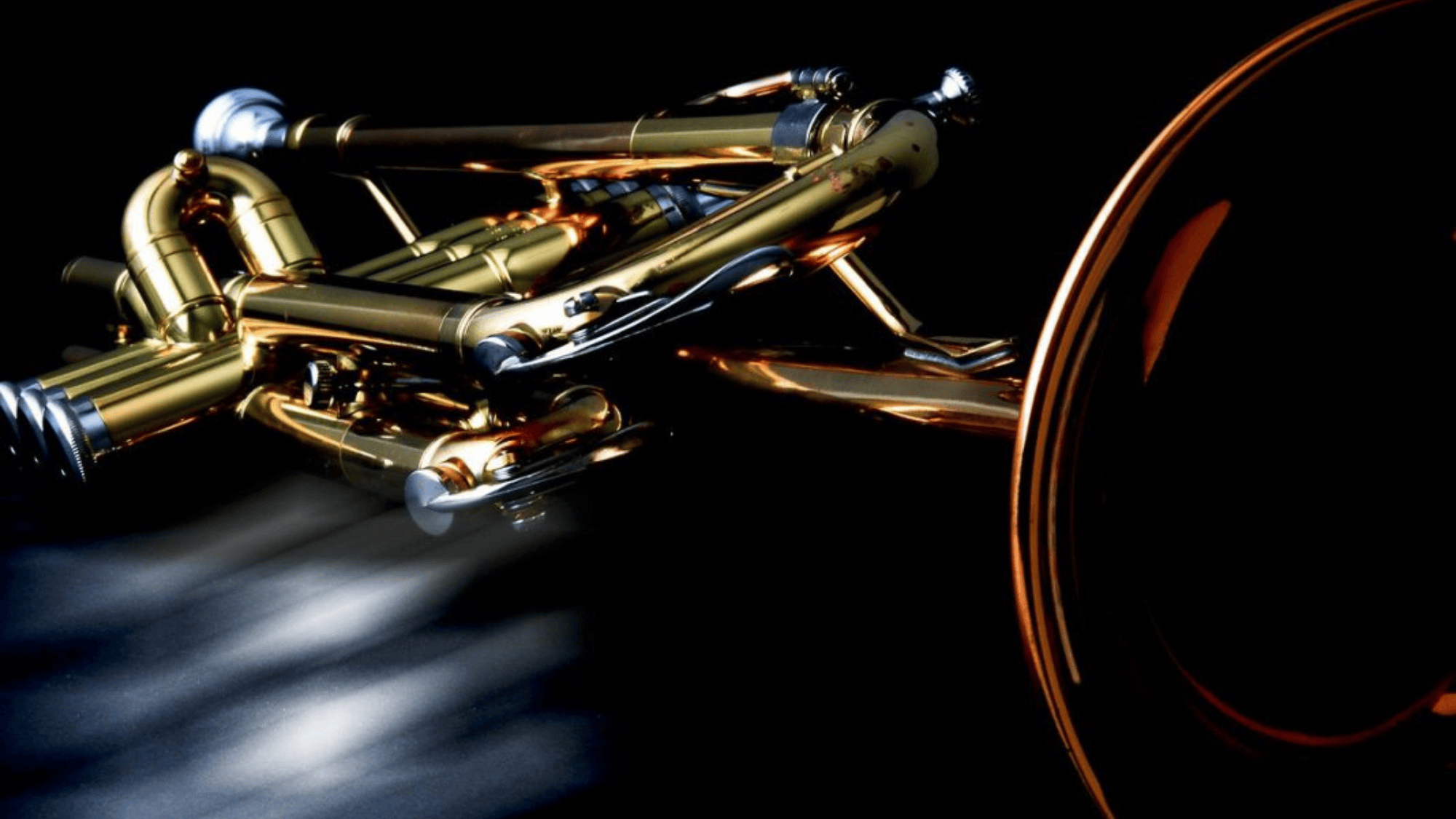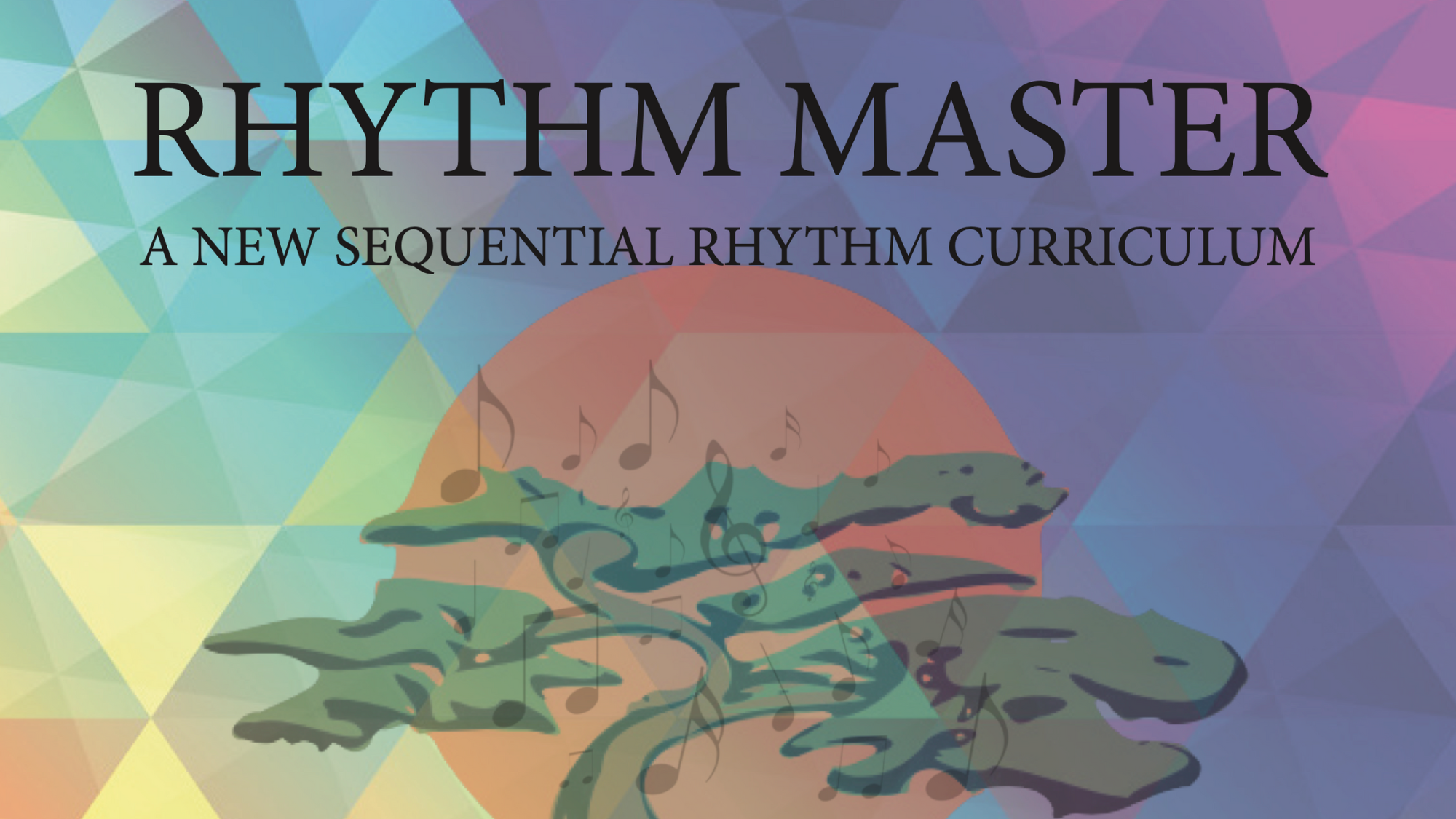Joseph Willcox Jenkins studied composition with Vincent Persichetti at the Philadelphia Conservatory of Music and with Thomas Canning and Howard Hanson at the Eastman School of Music. He received a doctorate in music from The Catholic University of America and subsequently became chairman of the Theory and Composition Department at Duquesne University in Pittsburgh, PA. Jenkins has composed numerous works for wind band, as well as two symphonies, a string quartet, carols, songs, and chamber music. American Overture for Band was Jenkins’ first composition for band and is probably his most successful in any medium. It was composed for the U.S. Army Field Band at Ft. Meade, Maryland, and dedicated to its conductor at the time, Chester E. Whiting. It is a short and cheerful piece, composed in “a folk idiom although there are no direct quotes from folk tunes.” It uses a section of three cornets and two trumpets.

Various recordings of the overture exhibited a tempo range of a quarter note=120-147. The sixteenth-notes in measures 23-24 (Excerpt 1) also occur in measures 28-29 and are doubled both times by all cornets and the bassoon. At the lower end of the tempo range given above, the sixteenths can be single-tongued, although the most common tempo is about a quarter note=132 and will probably require double-tonguing. The articulation should be crisp and not languid, and most importantly, match the style of the horns. This motive can demonstrate to students the necessity of developing the ability to double-tongue. To avoid the sound of thirty-second notes, the two sixteenth-notes in measure 91 (Excerpt 2) must not be late. The most significant rhythmic challenge occurs in the tutti passage at measure 100, where all players must avoid compressing the 2-16ths and an 8th rhythm into thirty-second notes. In order to evenly space the 2-16ths and an 8th rhythm, the performer can lengthen slightly the first note of the slurred figure in measures 100, 101, 104, and 105. The sixteenth-notes in measure 91 must not be late in order to avoid the sound of thirty-second notes.
The solo entrance at measure 91 is accompanied by woodwinds, timpani, and tuba. This motive, which is answered two measures later by the euphonium, proves awkward for many cornetists because of the tendency to enter on an incorrect pitch. The performer must mentally “hear” the f# pitch and the move up to g# and back down to play the passage correctly. Another issue that performers tend to have with this entrance is rushing to the second or even third beat of measure 91. It might prove helpful to broaden the first three notes in the measure just slightly and to push the valves down solidly to master the awkward fingering.

Owing to the orchestration, Excerpt 2 requires a large volume of sound. This excerpt is doubled by the piccolo, flutes, and first clarinet, with each section playing full chords on the tenuto quarters after number 100. This homophonic passage is characterized by strong accents and a small amount of taper on the notes in measures 102 and 106. Even if performing in an audition, a full fortissimo should be played from measures 95-106. In measure 106, a diminuendo should be inserted leading into the “Soli.” Pulling back the dynamic level to forte allows room for the written crescendo at 109 which grows to a fortissimo.
These are a few suggestions that can help the performers better negotiate the requirements placed on the soloist and section players. Having a plan and practicing diligently is always the best remedy!
1 Smith, Norman E., and Stoutamire, Albert. Band Music Notes. San Diego: Kjos West, 1979.
2 Ibid.
(The above article originally appeared in the dissertation by Anthony B. Kirkland, An Annotated Guide to Excerpts for Trumpet and Cornet from the Wind Band Repertoire, University of Maryland, 1997. Dr. Anthony B. Kirkland is Associate Professor of Trumpet at Mississippi State University. Dr. James Johnson is Assistant Professor of Trumpet at the University of Akron)






